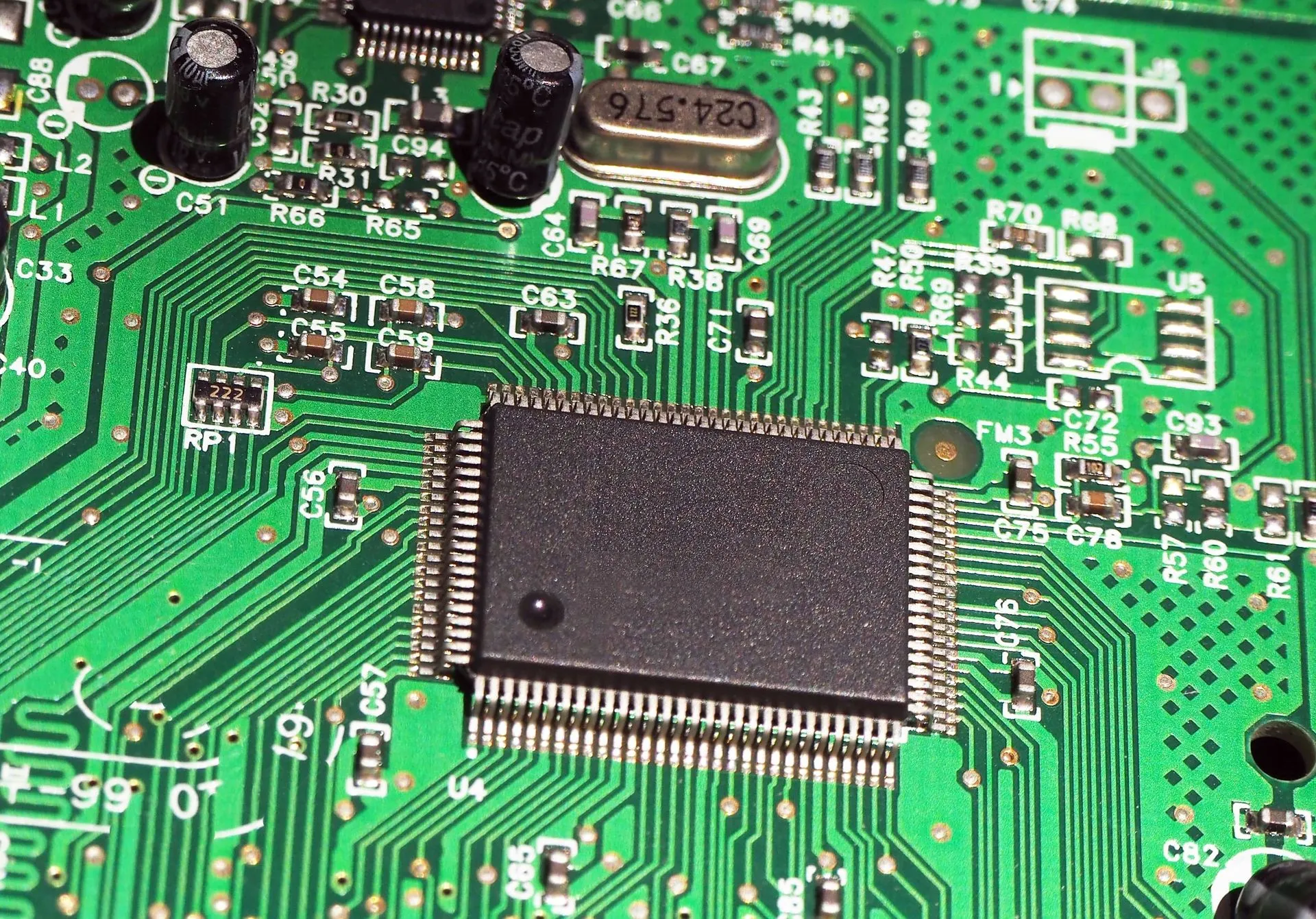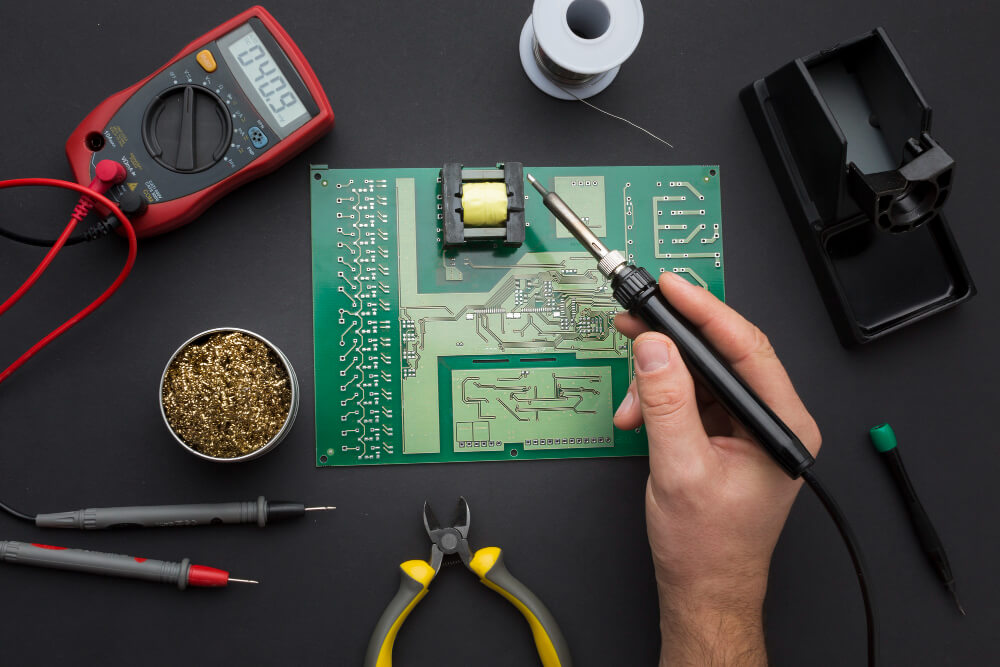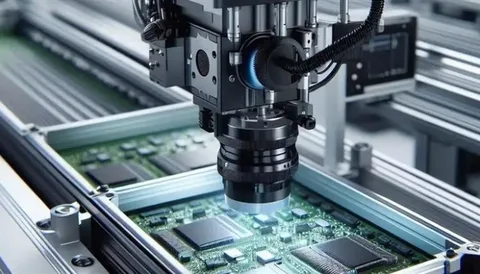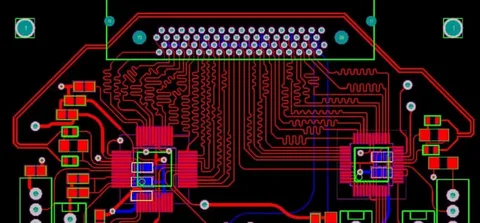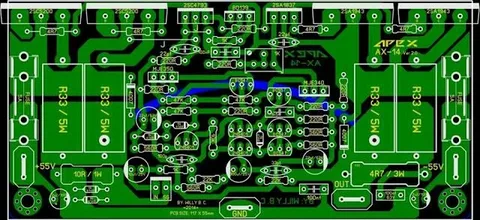Printed Circuit Boards (PCBs) are the backbone of modern automotive electronics, enabling the seamless integration of control systems, infotainment, safety features, and electric powertrains. As vehicles evolve into intelligent, connected, and electrified machines, the demand for advanced PCB solutions has never been greater. This article explores the critical role of PCB solutions in the automotive industry, highlighting their applications, design considerations, and future trends.
The Role of PCB Solutions in Automotive Electronics
Automotive systems rely heavily on PCBs to function efficiently and reliably. From engine control units (ECUs) to advanced driver-assistance systems (ADAS), PCBs serve as the foundation for various electronic components. Key applications include:
- Powertrain Control: PCBs manage engine performance, transmission systems, and battery management in electric vehicles (EVs).
- ADAS and Autonomous Driving: PCBs support sensors like cameras, radar, and LiDAR, enabling features such as lane-keeping assistance and adaptive cruise control.
- Infotainment Systems: PCBs facilitate multimedia processing, connectivity, and user interfaces in entertainment systems.
- Lighting Systems: LED PCBs provide efficient lighting solutions for headlights, taillights, and interior illumination.
- Safety Systems: PCBs are integral to airbags, anti-lock braking systems (ABS), and electronic stability control (ESC).
Key Design Considerations for Automotive PCBs
Designing PCBs for automotive applications presents unique challenges due to the harsh operating environment. Factors such as temperature extremes, vibrations, and electromagnetic interference (EMI) necessitate careful planning. Essential design considerations include:
- Thermal Management: Utilizing materials with high thermal conductivity and incorporating heat sinks to dissipate heat effectively.
- Vibration and Shock Resistance: Designing PCBs to withstand mechanical stresses and ensuring secure component placement.
- Signal Integrity: Implementing controlled impedance traces and minimizing noise to maintain reliable signal transmission.
- Component Selection: Choosing automotive-grade components that meet industry standards such as AEC-Q100 and AEC-Q101.
- Compliance with Standards: Adhering to safety standards like ISO 26262 for functional safety in automotive systems.
Advancements in PCB Technology for the Automotive Sector
The automotive industry is witnessing significant advancements in PCB technology to meet the evolving demands of modern vehicles. Innovations include:
- High-Density Interconnect (HDI) PCBs: Allow for more complex circuits in a smaller footprint, supporting advanced functionalities.
- Flexible and Rigid-Flex PCBs: Enable designs that conform to space constraints and reduce weight.
- Insulated Metal Substrate (IMS) PCBs: Provide superior heat dissipation, essential for high-power applications.
- Embedded Passive Components: Integrate resistors and capacitors within the PCB layers, saving space and improving performance.
- Additive Manufacturing Techniques: Utilize 3D printing for rapid prototyping and complex geometries.

The Future of PCB Solutions in Automotive Electronics
Looking ahead, the role of PCB solutions in the automotive industry is set to expand further. Key trends shaping the future include:
- Electrification of Vehicles: Increased use of Printed Circuit Boards in battery management systems and power electronics for EVs.
- Autonomous Driving: Higher demand for PCBs in sensor fusion and real-time data processing.
- Connectivity: Integration of PCBs in vehicle-to-everything (V2X) communication systems.
- Sustainability: Development of eco-friendly PCBs with reduced environmental impact.
Choosing the Right PCB Solutions Provider
Selecting the right partner for PCB solutions is critical for automotive OEMs and Tier 1 suppliers. A reliable manufacturer not only ensures product quality but also contributes to innovation, compliance, and timely delivery. When evaluating PCB solution providers, automotive stakeholders should consider:
- Industry Experience: Look for companies with a proven track record in delivering automotive-grade PCB solutions. Providers that understand the industry’s specific requirements, from quality assurance to compliance, offer a strategic advantage.
- Certifications and Standards: Ensure the provider is certified under industry-relevant standards such as IATF 16949, ISO 9001, and IPC-A-600. These validate the company’s commitment to quality and reliability.
- R&D Capabilities: A technologically advanced partner with in-house R&D can help customize PCB solutions that meet evolving automotive needs, such as integration with EV platforms or support for advanced telematics.
- Testing and Quality Control: Effective testing protocols—including in-circuit testing, functional testing, and environmental stress screening—are essential to verify the performance of automotive PCBs under real-world conditions.
Final Thoughts: Driving the Future with PCB Solutions
The evolution of the automotive industry—driven by electrification, automation, and connectivity—places PCBs at the heart of innovation. PCB solutions are no longer just about connecting components; they’re about enabling smarter, safer, and more sustainable vehicles.
As vehicle architectures grow increasingly complex, collaboration between automotive manufacturers and PCB solution providers will be critical. Emphasis on quality, regulatory compliance, and future-readiness will separate the leaders from the laggards in this highly competitive space.
Whether for next-generation infotainment systems or advanced battery packs in EVs, the need for reliable and high-performance PCB solutions will only intensify. Automotive stakeholders should invest wisely in technology partnerships and stay ahead of regulatory trends to ensure their vehicles are equipped to meet tomorrow’s demands.

